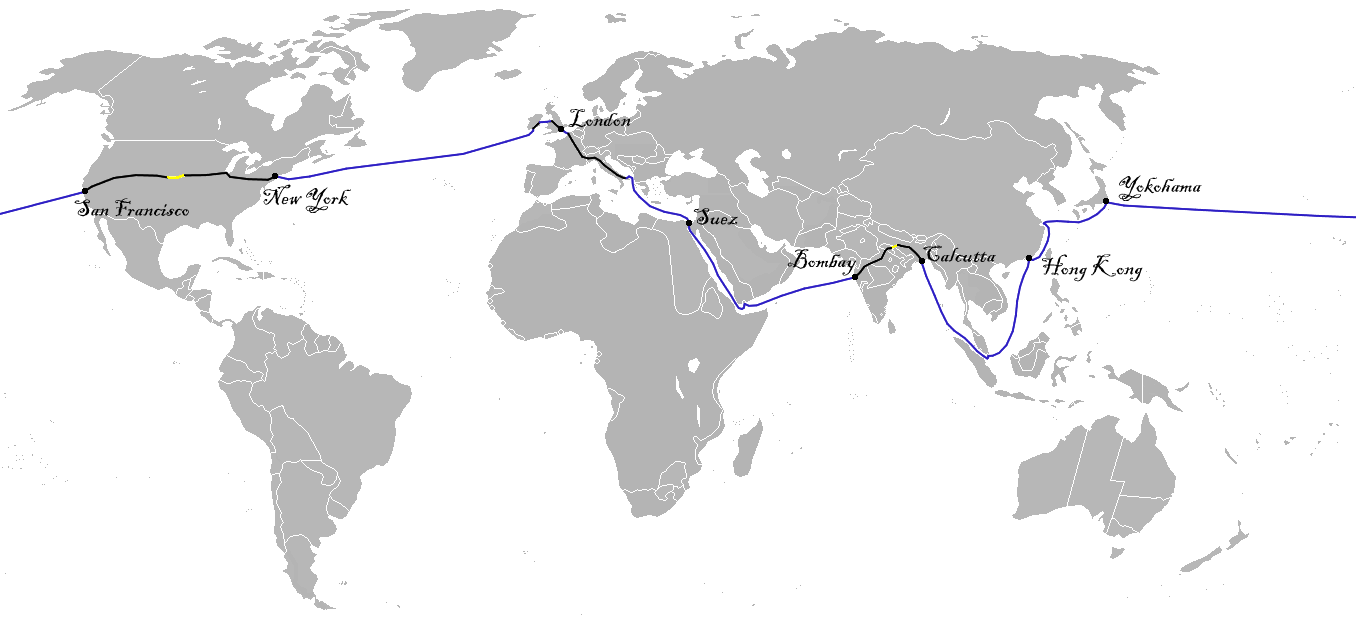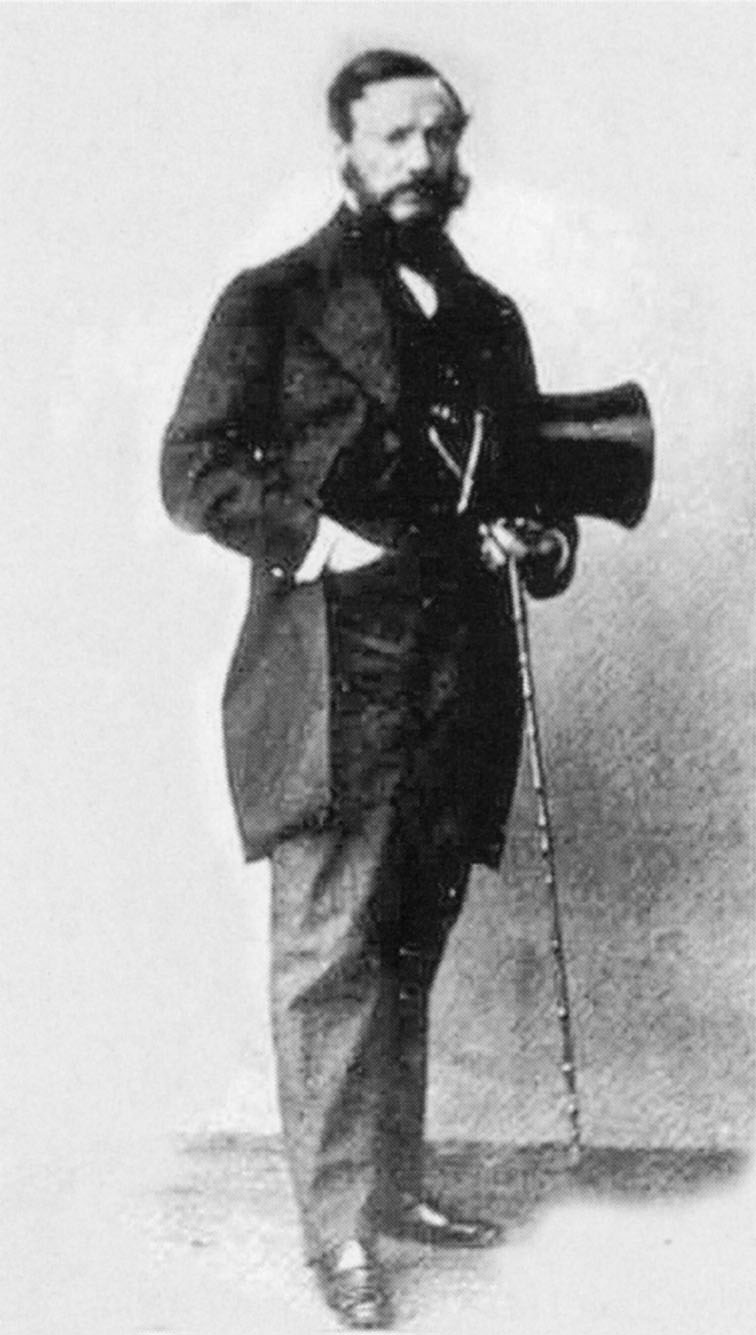|
ThûˋûÂtre Du ChûÂtelet
The ThûˋûÂtre du ChûÂtelet () is a theatre and opera house, located in the place du ChûÂtelet in the 1st arrondissement of Paris, France. One of two theatres (the other being the ThûˋûÂtre de la Ville) built on the site of a ''chûÂtelet'', a small castle or fortress, it was designed by Gabriel Davioud at the request of Baron Haussmann between 1860 and 1862. Originally named the ThûˋûÂtre Impûˋrial du ChûÂtelet, it has undergone remodeling and name changes over the years. Currently it seats 2,500 people. Description The theatre is one of two apparent twins constructed along the quays of the Seine, facing each other across the open Place du ChûÂtelet. The other is the ThûˋûÂtre de la Ville. Their external architecture is essentially Palladian entrances under arcades, although their interior layouts differ considerably. At the centre of the plaza is an ornate, sphinx-endowed fountain, erected in 1808, which commemorates Napoleon's victory in Egypt. Origins The ThûˋûÂtre Impû ... [...More Info...] [...Related Items...] OR: [Wikipedia] [Google] [Baidu] |
ChûÂteletãLes Halles
ChûÂteletãLes Halles () is a major train hub in Paris and one of the largest underground stations in the world. Opened in 1977, it is the central transit hub for the Paris metropolitan area, connecting three of five RER commuter-rail lines and five of sixteen Mûˋtro lines. The hub hosts travellers per weekday ( for the RER alone) and platforms separated by up to . It is named after the nearby Place du ChûÂtelet public square and Les Halles, the former wholesale food market of Paris, now a shopping mall. Terminology Formally, the name ChûÂteletãLes Halles designates the RER station alone. Informally, it refers to the hub comprising the eponymous RER station (served by RER A, RER B and RER D) plus the contiguous Paris Mûˋtro stations ChûÂtelet (served by Line 1, Line 4, Line 7, Line 11 and Line 14) and Les Halles (served by Line 4). For purposes of wayfinding, the massive three station complex is broken up into three sectors: Forum, Rivoli and Seine. Forum sector ... [...More Info...] [...Related Items...] OR: [Wikipedia] [Google] [Baidu] |
Cirque Olympique (boulevard Du Temple)
The Cirque Olympique in Paris, also known as the Cirque Franconi, was an equestrian theatre company, founded in 1782 by Philip Astley, the English inventor of the modern circus ring, and was initially known as the Cirque d'Astley or the Cirque Anglais. AmphithûˋûÂtre Anglais Astley's theatre, the AmphithûˋûÂtre Anglais or AmphithûˋûÂtre d'Astley, was the first purpose-built circus building in France. It was located on a large site in the rue du Faubourg du Temple and was a round theatre constructed in wood, with two seating levels and lit by 2,000 candles. The theatre was open four months out of the year and featured equestrian performances interspersed with juggling and other acts. Cirque Franconi Astley leased his Parisian circus to Antonio Franconi in 1793, during the French Revolution. Because of the small size of Astley's theatre, Franconi moved the circus to the enclosure of the former Convent of the Capucines, where he constructed stables and a new theatre.Wild 1989, pp. ... [...More Info...] [...Related Items...] OR: [Wikipedia] [Google] [Baidu] |
Adolphe D'Ennery
Adolphe Philippe d'Ennery or Dennery (17 June 181125 January 1899) was a French playwright and novelist. Life Born in Paris, his real surname was Philippe. He obtained his first success in collaboration with Charles Desnoyer in ''ûmile, ou le fils d'un pair de France'' (1831), a drama which was the first of a series of some two hundred pieces written alone or in collaboration with other dramatists. He died in Paris in 1899. Works Among the best of his works is a play about ''Kaspar Hauser'' (1838) with Auguste Anicet-Bourgeois; ''Les Bohûˋmiens de Paris'' (1842) with Eugû´ne Grangûˋ; with Julien de Mallian the play ''Marie-Jeanne, ou la femme du peuple'' (1845), in which Marie Dorval obtained a great success; a drama based on ''Uncle Tom's Cabin'' (1853) with Dumanoir; and '' The Two Orphans'' (1875), perhaps his best piece, with Eugû´ne Cormon. The story was adapted in 1921 by D.W. Griffith as the film ''Orphans of the Storm.'' He wrote the libretto for Gounod's ''Le tribu ... [...More Info...] [...Related Items...] OR: [Wikipedia] [Google] [Baidu] |
Around The World In Eighty Days
''Around the World in Eighty Days'' (french: link=no, Le tour du monde en quatre-vingts jours) is an adventure novel by the French writer Jules Verne, first published in French in 1872. In the story, Phileas Fogg of London and his newly employed French valet Passepartout attempt to circumnavigate the world in 80 days on a wager of ôÈ20,000 set by his friends at the Reform Club. It is one of Verne's most acclaimed works. Plot Phileas Fogg is a wealthy English gentleman living a solitary life in London. Despite his wealth, Fogg lives modestly and carries out his habits with mathematical precision. Very little can be said about his social life other than that he is a member of the Reform Club, where he spends the best part of his days. Having dismissed his valet for bringing him shaving water at a temperature slightly lower than expected, Fogg hires Frenchman Jean Passepartout as a replacement. On the evening of 2 October 1872, while at the Reform Club, Fogg gets involved in an a ... [...More Info...] [...Related Items...] OR: [Wikipedia] [Google] [Baidu] |
Jules Verne
Jules Gabriel Verne (;''Longman Pronunciation Dictionary''. ; 8 February 1828 ã 24 March 1905) was a French novelist, poet, and playwright. His collaboration with the publisher Pierre-Jules Hetzel led to the creation of the ''Voyages extraordinaires'', a series of bestselling adventure novels including ''Journey to the Center of the Earth'' (1864), ''Twenty Thousand Leagues Under the Seas'' (1870), and '' Around the World in Eighty Days'' (1872). His novels, always well documented, are generally set in the second half of the 19th century, taking into account the technological advances of the time. In addition to his novels, he wrote numerous plays, short stories, autobiographical accounts, poetry, songs and scientific, artistic and literary studies. His work has been adapted for film and television since the beginning of cinema, as well as for comic books, theater, opera, music and video games. Verne is considered to be an important author in France and most of Europe, where ... [...More Info...] [...Related Items...] OR: [Wikipedia] [Google] [Baidu] |
French Third Republic
The French Third Republic (french: Troisiû´me Rûˋpublique, sometimes written as ) was the system of government adopted in France from 4 September 1870, when the Second French Empire collapsed during the Franco-Prussian War, until 10 July 1940, after the Fall of France during World War II led to the formation of the Vichy government. The early days of the Third Republic were dominated by political disruptions caused by the Franco-Prussian War of 1870ã1871, which the Republic continued to wage after the fall of Emperor Napoleon III in 1870. Harsh reparations exacted by the Prussians after the war resulted in the loss of the French regions of Alsace (keeping the Territoire de Belfort) and Lorraine (the northeastern part, i.e. present-day department of Moselle), social upheaval, and the establishment of the Paris Commune. The early governments of the Third Republic considered re-establishing the monarchy, but disagreement as to the nature of that monarchy and the rightful occ ... [...More Info...] [...Related Items...] OR: [Wikipedia] [Google] [Baidu] |
Second French Empire
The Second French Empire (; officially the French Empire, ), was the 18-year Empire, Imperial Bonapartist regime of Napoleon III from 14 January 1852 to 27 October 1870, between the French Second Republic, Second and the French Third Republic, Third Republic of France. Historians in the 1930s and 1940s often disparaged the Second Empire as a precursor of fascism. That interpretation is no longer widely held, and by the late 20th century they were giving it as an example of a modernising regime. Historians have generally given the Empire negative evaluations on its foreign policy, and somewhat more positive evaluations of domestic policies, especially after Napoleon III liberalised his rule after 1858. He promoted French business and exports. The greatest achievements included a grand History of rail transport in France#Success under the Second Empire, railway network that facilitated commerce and tied the nation together with Paris as its hub. This stimulated economic growth a ... [...More Info...] [...Related Items...] OR: [Wikipedia] [Google] [Baidu] |
Nestor Roqueplan
Louis-Victor-Nestor Roqueplan lso sometimes spelled Rocoplan(16 September 1805 ã 24 April 1870) was a French writer, journalist, and theatre director. Early life and career Nestor Roqueplan was born near Montrûˋal, Aude, and was the younger brother of the Romantic painter Camille Roqueplan. He first studied in Marseille, where he completed his secondary education in law, but moved to Paris in 1825, where he was able to publish several literary essays, and joined ''Le Figaro'' in 1827, becoming its editor-in-chief with Victor Bohain, who had purchased the paper that year for 30,000 francs. Roqueplan was considered a dandy, and witty and caustic as a writer. He was an amateur magician, and in about 1830 invented the silk braid trim on trouser seams, which became highly fashionable. He wrote as a critic, and in 1833 he fought a duel with a Colonel Gallois, who was offended by an article in ''Le Figaro''. Roqueplan was wounded but recovered. Roqueplan also served as a ... [...More Info...] [...Related Items...] OR: [Wikipedia] [Google] [Baidu] |
Comûˋdie En Vaudevilles
The ''comûˋdie en vaudevilles'' () was a theatrical entertainment which began in Paris towards the end of the 17th century, in which comedy was enlivened through lyrics using the melody of popular vaudeville (song), vaudeville songs.Barnes 2001. Evolution The annual fairs of Paris at St. Germain and St. Laurent had developed theatrical variety entertainments, with mixed plays, acrobatics, acrobatic displays, and pantomimes, typically featuring vaudevilles (see ThûˋûÂtre de la foire). Gradually these features began to invade established theatres. The ''Querelle des Bouffons'' (War of the Clowns), a dispute amongst theatrical factions in Paris in the 1750s, in part reflects the rivalry of this form, as it evolved into ''opûˋra comique'', with the Italian ''opera buffa''. ''Comûˋdie en vaudevilles'' also seems to have influenced the English ballad opera and the German Singspiel. Vaudeville final One feature of the ''comûˋdie en vaudevilles'' which later found its way into opera w ... [...More Info...] [...Related Items...] OR: [Wikipedia] [Google] [Baidu] |
Archives Nationales (France)
The Archives nationales (, "National Archives" in English; abbreviated AN) are the national archives of France. They preserve the archives of the French state, apart from the archives of the Ministry of Armed Forces and Ministry of Foreign Affairs, as these two ministries have their own archive services, the Defence Historical Service (SHD) and respectively. The National Archives of France also keep the archives of local secular and religious institutions from the Paris Region seized at the time of the French Revolution (such as local royal courts of Paris, suburban abbeys and monasteries, etc), as well as the archives produced by the notaries of Paris during five centuries, and many private archives donated or placed in the custody of the National Archives by prominent aristocratic families, industrialists, and historical figures. The National Archives have one of the largest and oldest archival collections in the world. As of 2020, they held of physical records (the total l ... [...More Info...] [...Related Items...] OR: [Wikipedia] [Google] [Baidu] |




